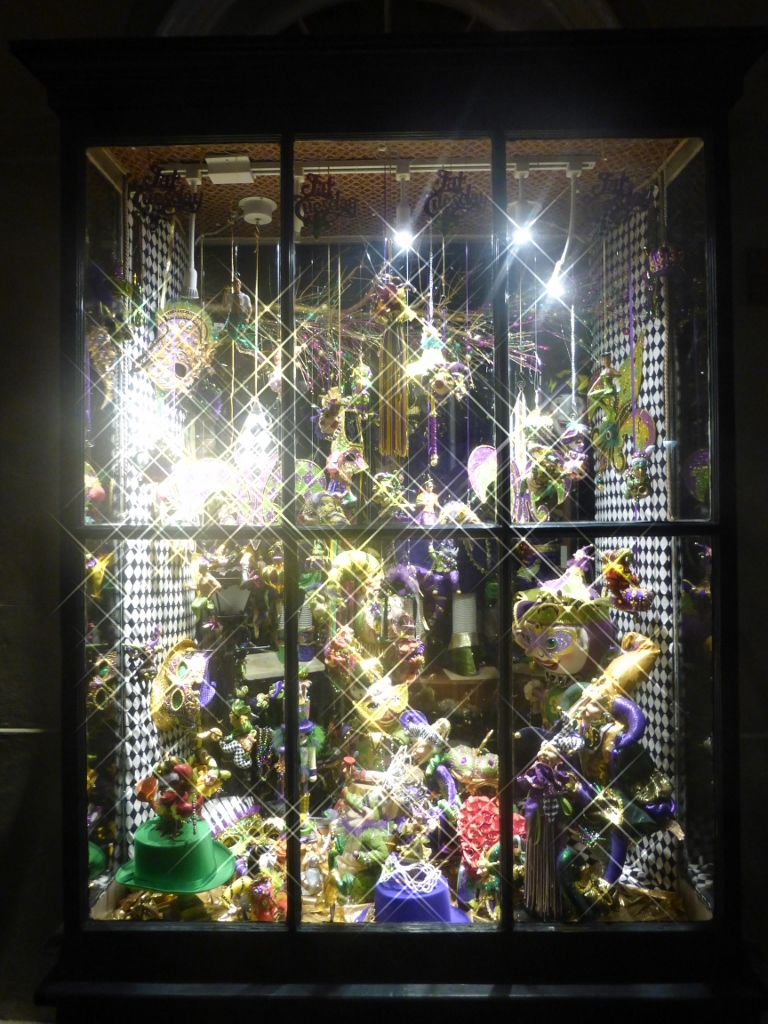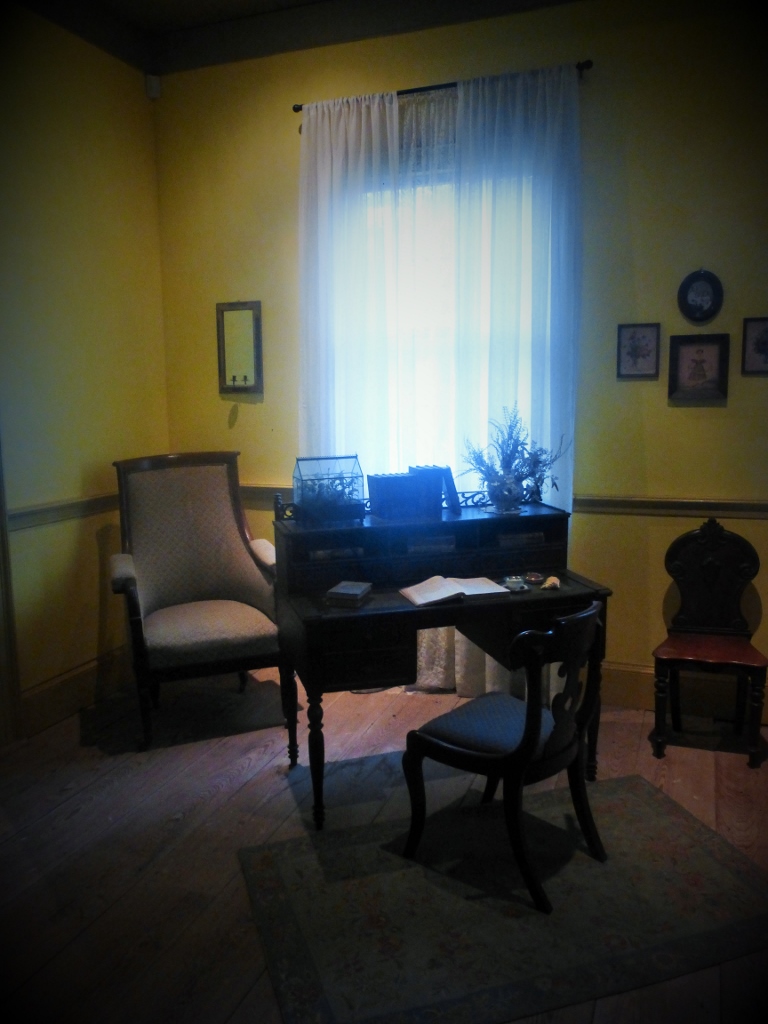“In New Orleans…..You can’t separate nothing from nothing. Everything mingles each into the other…until nothing is purely itself but becomes part of one funky gumbo.” – Mac Rebennack A.K.A. Dr. John, Musician
Dr John is most definitely right about the Big Easy. In our visit to The Cabildo, I counted at least a dozen cultures which contributed to Louisiana. You would expect the Choctaw nation and the French, African slaves, the English and perhaps the Spanish – but what about the Islenos from the Canary Islands and the Germans? Not to mention Sicilians and the Irish. As diverse as the Discworld.
The food tells you a deal. Any self-respecting Ya-ya gumbo includes Andouille. Sounds French doesn’t it? But this smoked pork sausage is German in origin from the settlers who farmed Côte des Allemands. ‘Gumbo’ itself may come from ki ngombo or quingombo – West African words for okra. And filé – feuille or leaf – is a Choctaw thickener made from sassafras added at the end.
The Canary Islanders brought their love of spiciness and seafood when the Spanish ruled in the 18th Century. Refugees from Haiti and Cuba brought chilli pepper.The crawfish grow among the rice fields – synonymous with the hardy French pioneers who settled in Louisiana after being forced to leave their homes in Nova Scotia by the British army in 1755 – The Acadians or Cajuns.
The same heady fusion goes for music. Zydeco can include bluegrass, waltzes, rhythm & blues, two-step – and is played on washboards, accordions and Cajun fiddle. It’s not unusual to find a Cape Breton chanson mixed up in there. And, of course, jazz has a wonderfully diverse heritage too including the brothels and bars of the red-light district around Basin Street, called “Storyville”.
Amongst all this variety of culture, customs could be very different. In the Creole plantations, a double set of French windows (brise) would be left open to let any breeze come up from the river, along the allée of trees lining the drive and cool the house. Surely no-one would dream of entering by the air-conditioning? Yet English-speakers did.
But the ‘Anglos’ were equally astonished by Creole ladies being the presidents of plantations – and receiving gentlemen in their boudoirs to do business!
We found a tiny example of this mismatch at Arnaud’s, a Creole bistro full of elegance overlooking the madness which is Bourbon Street. The waitress brought bread – but there were no side plates. Apparently napkins are used – a small but disconcerting detail amongst the cut glass, damask and serenading jazz musicians.
What does it all mean for a writer? It strikes me that there’s so much room for:
- conflict
- embarrassment
- humour
- misunderstandings
- prejudice
- unintended insults
- confusion
So many possibilities! The marvellous and much-mourned Terry Pratchett used this sort of thing to wondrous effect. I aspire to a smidgen of that in the worlds I create.






